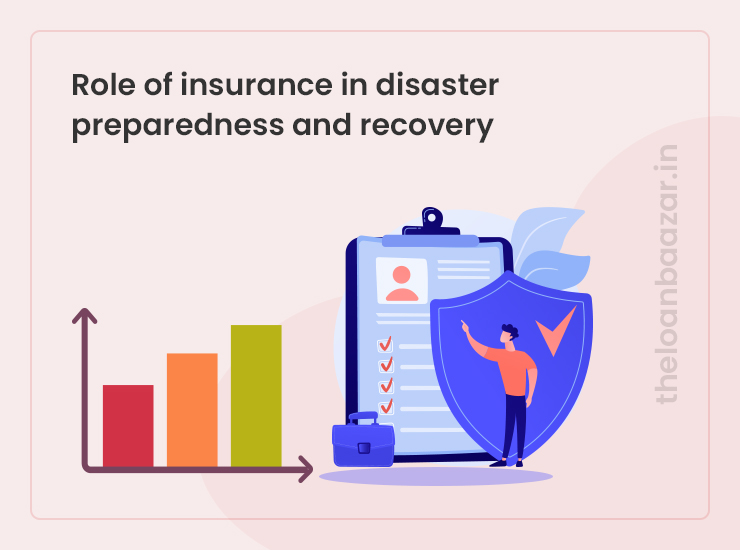Imagine facing a devastating natural disaster – your home is destroyed, your business is shuttered, and your sense of security is shattered. As you pick up the pieces and start to rebuild, you realize that recovering from a disaster is not just about physical reconstruction, but also about financial resilience. That’s where insurance comes in – a vital lifeline that can help you weather the storm and get back on your feet.

Disaster recovery is a complex, multi-faceted process that requires a combination of financial, logistical, and emotional support. Insurance plays a critical role in this process, providing a safety net that can help you absorb the financial shocks of a disaster. By paying premiums and purchasing a policy, you can transfer some of the financial risk of a disaster to your insurer, who can then provide financial support to help you recover.
But insurance is not just about paying out claims – it’s also about providing peace of mind. When you have insurance, you know that you have a backup plan in place, a safety net that can help you navigate the uncertain and often unpredictable world of disaster recovery. This can be especially important for businesses, which may be more vulnerable to financial shocks and disruptions in the wake of a disaster.
Of course, not all insurance policies are created equal. Some policies may provide more comprehensive coverage than others, or offer additional benefits and services that can help you recover from a disaster. For example, some insurers may offer business interruption insurance, which can provide financial support to help you keep your business running while you recover from a disaster. Others may offer additional living expenses (ALE) coverage, which can help you pay for temporary housing and other expenses while your home is being rebuilt.
When it comes to disaster recovery, having the right insurance coverage can make all the difference. In fact, a study by the National Association of Insurance Commissioners (NAIC) found that homeowners who had flood insurance were more likely to recover from a flood disaster than those who did not have coverage. Similarly, businesses that had business interruption insurance were more likely to stay open and continue operating after a disaster than those that did not have coverage.
So what can you do to make sure you have the right insurance coverage in place? Here are a few tips:
- Review your policies regularly to make sure you have adequate coverage. Consider factors like the value of your assets, the risk of disaster in your area, and the potential costs of recovery.
- Consider purchasing additional coverage, such as flood or earthquake insurance, if you live in an area that is prone to these types of disasters.
- Look for policies that offer additional benefits and services, such as business interruption insurance or ALE coverage.
- Keep your policies up to date and make sure you understand what is covered and what is not.
In conclusion, insurance plays a critical role in disaster recovery, providing a safety net that can help you absorb the financial shocks of a disaster. By having the right insurance coverage in place, you can help ensure that you are prepared for the unexpected and can bounce back stronger and more resilient than ever.




